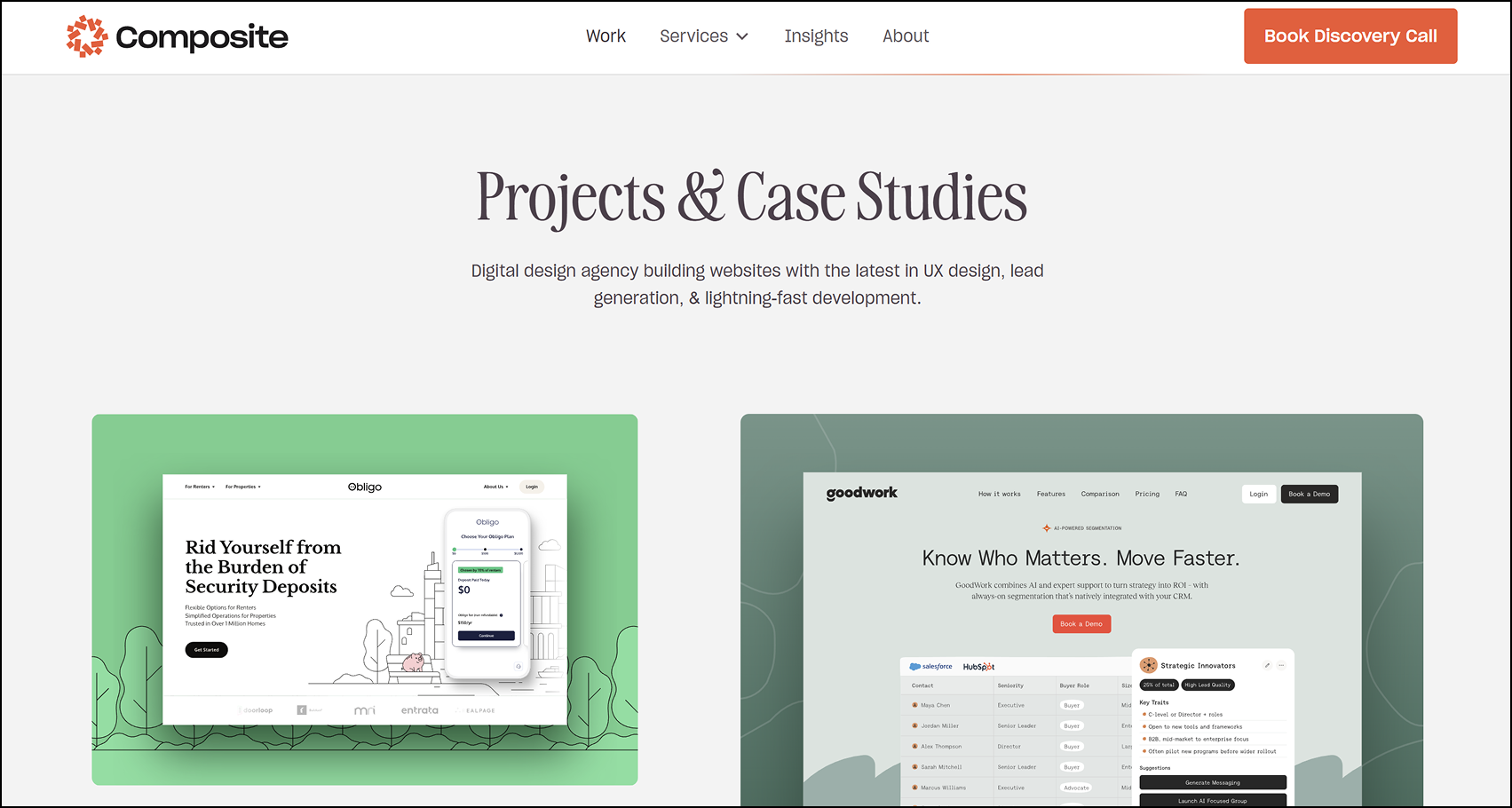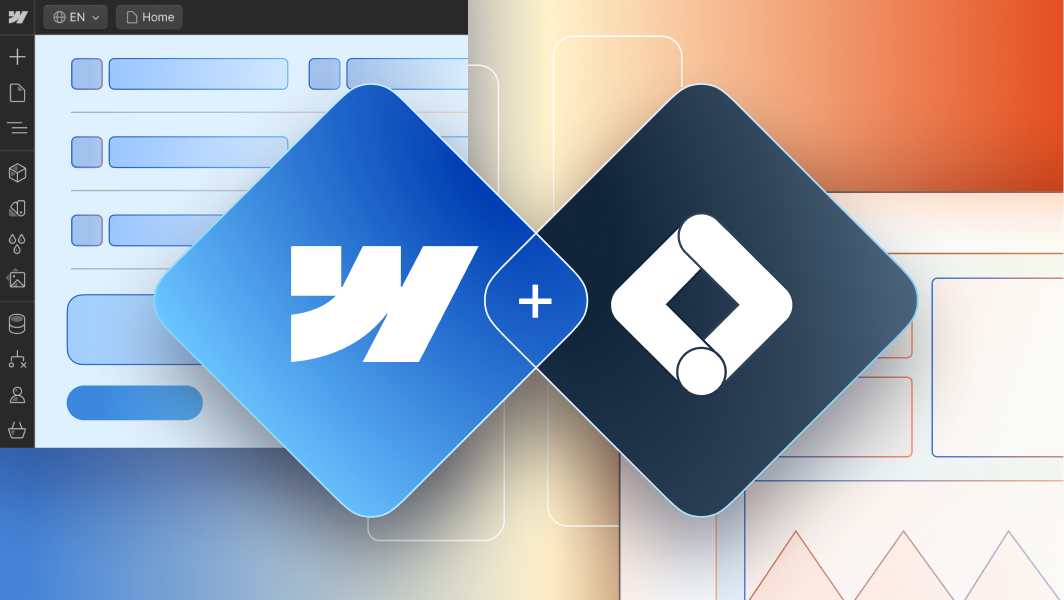For the first time in 25 years, the mechanics of “search” are fundamentally changing.
Traffic isn’t just coming from Google anymore, it’s also coming from systems.
Large language models like ChatGPT, Gemini, and Copilot are rewriting how people find information online. Instead of scanning ten blue links, users are now getting synthesized answers drawn from thousands of pages. Those answers are driven not by backlinks or meta tags, but by clarity, context, and design structure.
Despite the hype, AI-driven traffic still behaves differently than many expect. A 2025 working paper from researchers at the University of Hamburg and the Frankfurt School of Finance analyzed 12 months of data from 973 e-commerce sites and found that referrals from ChatGPT and other LLMs underperform nearly every major channel except paid social in conversion rate and revenue per session. These visits show slightly better bounce rates but shallower engagement than search, and they account for less than 0.2% of total traffic—roughly 200 times smaller than Google organic.
In other words: AI isn’t replacing search. Yet. But it’s already redefining what matters most: comprehension, clarity, and context.
From Search → Social → Systems
Every era of discovery reshapes how we build for the web:
- Search rewards keywords and backlinks.
- Social rewards shareability and narrative.
- Systems, powered by AI, reward comprehension.
In this new system-driven web, information architecture and design clarity matter more than ever. AI crawlers interpret your site like a reader, not a robot. Semantic HTML, labeled headings, structured data, and visual hierarchy all help LLMs understand your content and determine whether it’s trustworthy enough to quote.
This is why great design is now great SEO.
Why Design Signals Matter to AI
Design isn’t just what your audience sees, it’s also what systems can understand.
When an AI agent reads a webpage, it’s essentially parsing the design layer: hierarchy, structure, and order. Each heading tag gives it context; each labeled button gives it intent.
That’s why visual clarity translates directly into machine comprehension. If your layout communicates which content matters most, AI models can more accurately summarize or recommend it. A messy or redundant structure, on the other hand, makes your brand effectively unreadable.
At Composite, our work as a Webflow agency in NYC often starts with structuring sites using semantic hierarchy, clean CMS collections, and consistent labeling. Webflow makes this process intuitive, letting designers create pages that look beautiful and speak clearly to both humans and algorithms.
Even something as simple as organizing your navigation in Webflow can make a difference. A labeled “Resources” collection tells LLMs what type of content lives there. A defined “Case Studies” section signals expertise. It’s not magic, it’s design literacy, and it’s becoming the new foundation of AI visibility.

What AI Actually Reads
AI doesn’t care how flashy your site looks, but it does care how clearly it’s built.
When LLMs evaluate a page, they parse a combination of structure (schema, headings, alt text), semantics (clarity of language), and signals of authority (internal linking, topical cohesion). A cluttered layout or poorly nested heading can make your content effectively invisible to these systems.
The best-ranked websites in the age of AI will be those that communicate intent clearly for both humans and machines.
That’s where design comes in. Great UX is now the foundation of discoverability.
Design-Led SEO in Action
We’ve seen the power of design clarity firsthand.
When a client in fintech approached us to rebuild their website, their analytics told a familiar story: decent traffic, poor conversion, and minimal organic growth. Their content was valuable, but the site architecture buried it.
We rebuilt their structure in Webflow, reorganizing complex pages into modular sections with descriptive headings and CMS-driven schema markup. The redesign made the site easier to navigate, improved readability, and strengthened technical SEO—all without changing a single headline or paragraph of copy.
That’s the impact of design-led SEO: when UX, content, and code alignment replace keyword tinkering. As a web design agency in New York, we consistently see design systems built for clarity outperform those chasing algorithm trends.
The Myth of the Algorithm Whisperer
For years, SEO revolved around technical precision: optimizing tags, keywords, and backlinks to align with evolving algorithms. Today, those mechanics still matter, but the scope has expanded. Search systems now reward clarity, structure, and genuine comprehension over formulaic optimization. The new SEO is less about gaming rules and more about designing for understanding.
Search engines and AI models are both optimizing for the same thing humans are—understanding. The most optimized websites in 2025 are the ones that are genuinely easier to navigate, read, and parse.
The myth of the algorithm whisperer is being replaced by a new kind of expert: the UX design agency that knows how to turn information architecture into visibility.
What It Means for Your Site
The 2025 working paper findings highlight a key takeaway: LLM-driven traffic enters your site deeper than traditional search does, often straight to product or content detail pages. That means every page, not just your homepage, has to carry its own weight.
Here’s how to design for that reality:
- Treat product and content pages as primary destinations. Use scannable spec blocks, visual storytelling, and accessible formatting. Your product description pages should be self-contained landing pages, not dependents of your homepage.
- Strengthen internal links. If users or AI agents enter deep, give them intuitive paths to explore related content. Cross-link case studies, related services, or next steps.
- Use consistent component patterns. Uniform headings, card structures, and buttons across CMS templates help LLMs infer relationships between pages.
- Leverage structured data. Product schema, article schema, and FAQ schema add machine-readable meaning.
- Build modularly in Webflow. CMS-driven layouts make it easier to scale these optimizations across hundreds of pages.
These aren’t hacks, they’re fundamentals. The same design systems that improve human UX also improve machine comprehension.

The Trust Curve of AI Discovery
Every major shift in technology begins with intense hesitation.
When the internet first went mainstream, few people trusted it. Shoppers were wary of online payments, businesses hesitated to move operations digital, and the dot-com bubble made many question whether the web itself was sustainable. But as infrastructure matured and trust followed, digital commerce exploded, transforming how people bought, learned, and connected.
AI-driven discovery is following a similar path. Early adoption is cautious, and LLM-referred visitors behave tentatively, browsing but rarely converting. That’s not a sign of failure, but a sign of a new medium earning credibility.
As users grow more familiar with AI systems and begin to trust their recommendations, conversion rates will rise alongside confidence. The brands that design for transparency, clarity, and credibility today will be the ones AI agents favor tomorrow, because trust isn’t just a human instinct, it’s a machine signal, too.
B2B vs. B2C: Why LLM Conversions Tell Two Stories
While the 2025 University of Hamburg and Frankfurt School study focused on B2C e-commerce, Composite’s own experience tells a different story for B2B services, particularly in the tech sector.
Over the past year, several of our clients have discovered Composite through AI systems like ChatGPT, often by asking precise questions such as “best Webflow agency in NYC” or “UX design agency for fintech.” These users arrive with clear intent, not curiosity. They’re searching for a specific type of partner, and AI’s synthesis helps them find us faster.
There’s also an important audience difference: most of our clients operate in fintech, medtech, and AI-adjacent industries, spaces that are inherently more open to experimentation and more trusting of emerging technologies. That readiness to test, adopt, and integrate new tools makes them more likely to act on AI-driven recommendations than the average consumer.
So while B2C conversions rely on emotion, trust, and impulse, all of which will take time to mature in AI discovery, B2B conversions are already showing meaningful traction.

Design as the New Discovery Layer
The idea that “design decides what ranks” isn’t new, but what’s changing is how we measure its impact. It’s no longer just about heatmaps and user flows. Now, design quality can be measured through how clearly systems understand and represent your content.
Clear typography improves comprehension scores. Strong layout hierarchy helps models extract summaries more accurately. Even button copy and contrast ratios can influence how accessible, or how interpretable, your site becomes to both users and agents.
Composite has seen this across multiple Webflow rebuilds. When we re-architect sites with semantic markup, responsive hierarchy, and accessibility baked in, SEO performance consistently improves, even without adding new content.
Because design clarity doesn’t just help humans see your message. It helps systems understand it.
The Next Shift: From Search to Systems Thinking
SEO isn’t dying, it’s evolving. The next era of optimization isn’t about keywords or backlinks, but systems thinking.
As AI assistants begin to handle discovery, recommendation, and even purchase decisions, websites need to communicate not just relevance, but reliability. That means a strong CMS, clean schema, and UX architecture that models can interpret confidently.
This is the opportunity for every digital strategy agency and designer to rethink their role. The best-performing sites of tomorrow will be the ones that treat AI as a secondary audience by designing for comprehension first and aesthetics second.
At Composite, we see this shift every day. As a Webflow agency focused on clarity, UX, and technical precision, we believe the brands that design for understanding will dominate the next wave of discovery, whether it’s through search, social, or systems.
Because design doesn’t just decorate information. It defines what gets discovered.




.svg)

.svg)











